3 years after tiny spacecraft made Mars history, where are all their successors?

When NASA's most recent Mars lander trekked out to the Red Planet, it had historic company: two tiny cubesats, the first to leave the relative safety of Earth orbit.
The Mars Cube One (MarCO) mission's twin briefcase-sized satellites watched NASA's InSight lander touch down in November 2018, confirming that the infamous "six minutes of terror" landing sequence went smoothly before NASA's fleet of Mars orbiters could check in on the newest arrival. The MarCO cubesats, affectionately nicknamed Wall-E and Eva, blazed the trail for other small satellites to adventure beyond Earth's orbit — though none of those missions have launched yet.
"MarCO really was a catalyst to enabling a new class of spacecraft," Andy Klesh, an engineer at NASA's Jet Propulsion Laboratory (JPL) in California who was chief engineer for the MarCO mission, told Space.com.
Related: Tiny cubesat snaps photo of Mars for 1st time ever
"We needed someone to be first, to show that they were feasible," Klesh said. "MarCO proved that yes, we weren't completely making things up."
However, feasible doesn't mean simple, and Wall-E and Eva's adventures underscored the difficult choices that are required for cubesats to go interplanetary — and the struggles that the mission's successors are facing.
Every mission is governed by unavoidable tradeoffs between spacecraft size, mission cost and technological and scientific sophistication, and spacecraft are never quite large enough for all of the payloads that scientists think would be nice to have on board. But that truism applies particularly harshly to the smallest of spacecraft, cubesats. These tiny spacecraft are built in standardized units about 4 inches (10 centimeters) cubed; a full satellite is typically one, three or six units in size, making these explorers about the size of a breadbox.
Get the Space.com Newsletter
Breaking space news, the latest updates on rocket launches, skywatching events and more!
And spacecraft venturing beyond Earth need particular prerequisites, like a propulsion system to get the spacecraft where it needs to go and a communications system powerful enough to receive commands and send observations back to Earth, making deep-space cubesat missions significantly more complicated than those staying in low Earth orbit.
Those constraints mean that if cubesat missions are going to reshape exploration, they'll need to be resourceful in new and dramatic ways.
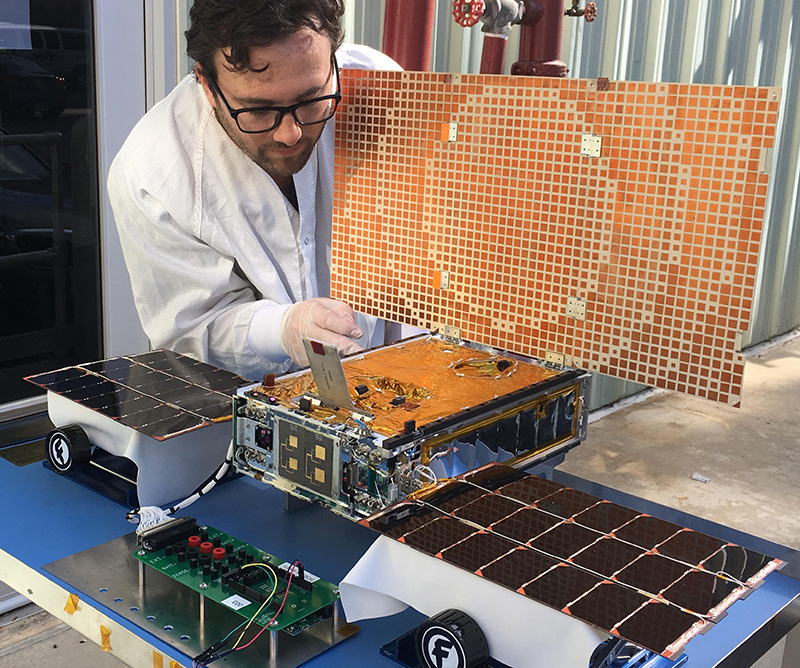
Tiny Martian visitors
The MarCO project traced its heritage to a project called Interplanetary Nano-Spacecraft Pathfinder in Relevant Environment (INSPIRE) that engineers created to work on miniaturizing a radio system capable of deep-space communications.
The resulting system, called Iris, is now the basis of countless other small missions. But INSPIRE itself never flew — instead, MarCO took over the INSPIRE launch opportunity in order to allow engineers to test a more advanced system: Rather than simply demonstrate the Iris radio and other technology, MarCO combined that work with a Mars flyby carefully orchestrated so that the little spacecraft could monitor InSight's landing.
The decision meant that MarCO had to happen fast — in just 15 months, Klesh said. "Schedule was really our first and continuing challenge of the program," he said. "In that timeline, we needed to take a concept from PowerPoint slides to two flight spacecraft."
And while traditional NASA missions — larger, more expensive projects — prioritize safety and avoid risks wherever possible, that approach isn't necessarily desirable for cubesats just along for the ride and tasked with a simple goal.
"A big challenge was convincing everyone that we could adopt a different risk posture for these missions," Klesh said.
Although the MarCO mission turned out to be a stunning success, Klesh knows it could have easily gone a different way. The team wrestled with a propellant leak throughout the flight and suffered communications problems just before the all-important flyby.
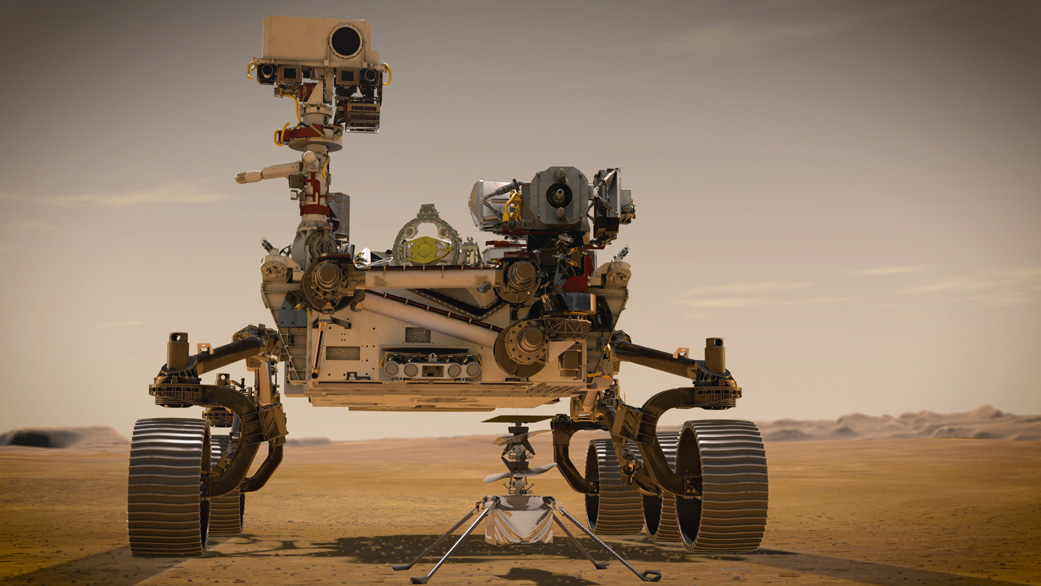
The twin MarCO satellites fell silent in January 2019 after settling into orbit around the sun. However, another project currently active on the Red Planet carries MarCO's fingerprints all over it, Klesh said: the Ingenuity helicopter that hitched a ride out to Mars with NASA's newest rover, Perseverance.
Ingenuity is a 4-pound (1.8 kilograms) helicopter that became the first powered aircraft to fly on another planet. Nearly six months into a one-month mission, Ingenuity has made 13 flights on Mars, far beyond its initial goal of five, and has shown the role that small aerial scouts can play in exploration missions.
While Ingenuity isn't a cubesat, it comes from the same spacecraft stock, Klesh said. "It's certainly evolved into the beautiful flyer that it is today," he said. "The first concepts when it was starting to be looked at was that there was this tiny little cubesat hanging off the bottom."
Unlike the MarCO spacecraft, Ingenuity didn't make its own way to Mars; instead, it spent the ride to the Red Planet tucked away in Perseverance's belly. That arrangement saved the aircraft from needing to protect itself or navigate in deep space proper. Ingenuity also relies on the rover for communication with its handlers, simplifying another difficult piece of the cubesat puzzle. Those sacrifices balance out the little chopper's sharp cameras and the technology needed to fly in the thin atmosphere of Mars.
Klesh thinks that the public's warm embrace of Ingenuity and MarCO alike reflects the sidekick projects' small budgets and big ambitions. "I think we're actually seeing that magic right now with Ingenuity as a tech demonstration," Klesh said. "As these missions launch and go to these different destinations, there will be more of that kind of underdog story."
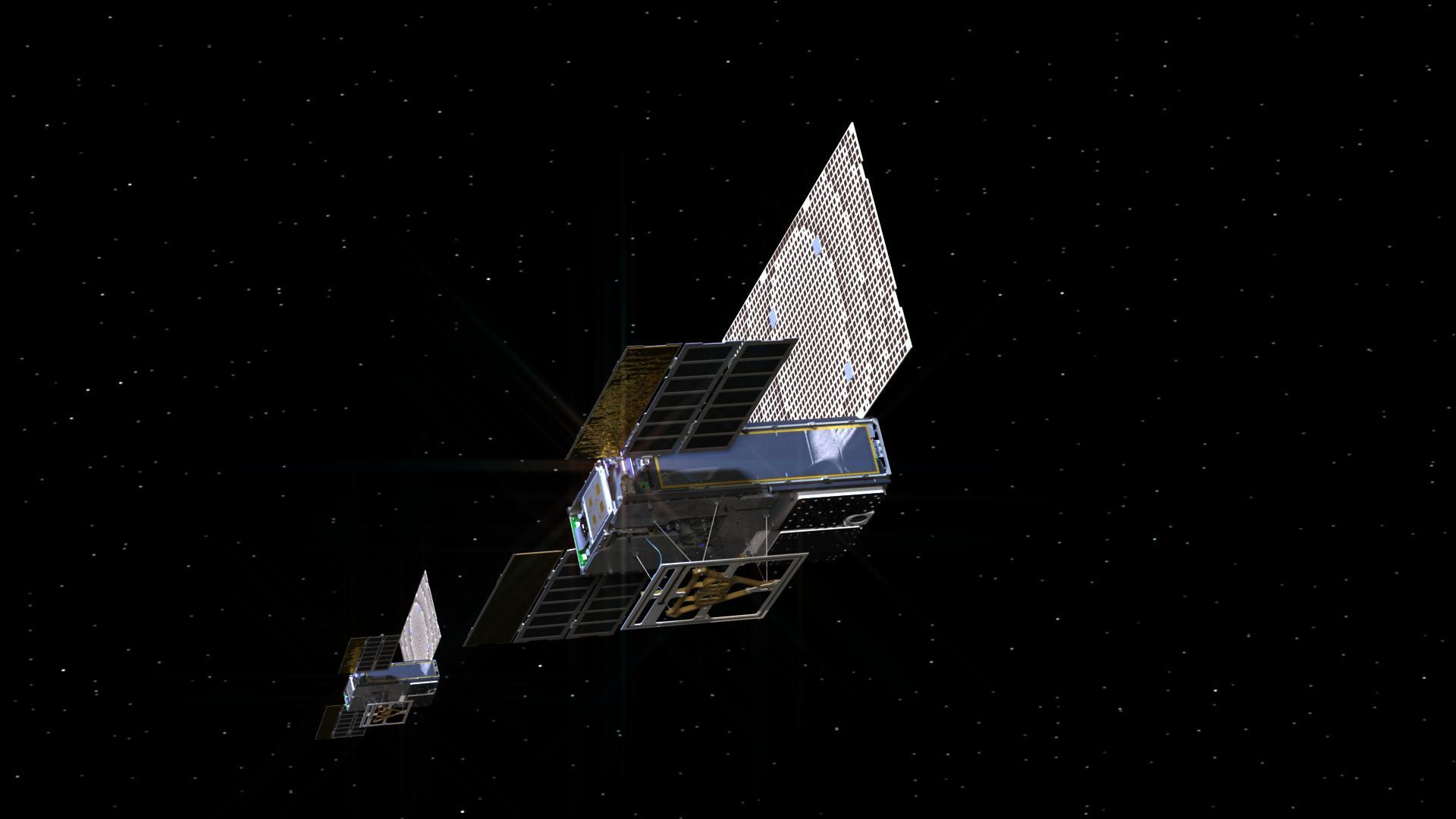
Cubesats to the launchpad
Even as cubesats make the leap to interplanetary space, these tiny explorers aren't necessarily ready to stand on equal footing with NASA's more traditional planetary spacecraft.
Although both MarCO and Ingenuity achieved their goals and then some during their Red Planet adventures, neither project has been a true planetary science mission. MarCO snagged some photos of Mars and even of its moon Phobos, but those were tourist snapshots, not images carefully designed to provide data. Similarly, Ingenuity's photographs are guiding Perseverance's current choices, but it's the rover doing the meticulous science work.
And if sending these missions to another planet was difficult, fitting bona fide planetary science onto similarly small packages is much, much harder.
"There are always measurements one can make, but measurement isn't the same thing as achieving science," Barbara Cohen, a planetary scientist at NASA's Goddard Space Flight Center in Maryland, told Space.com. "Sending a bunch of small satellites to the planets to make a temperature measurement, or to make a radiation measurement — you can do that, but that's not necessarily the science that the planetary science community has prioritized."
Nevertheless, a new generation of cubesats bound to leave Earth orbit is in the works, each negotiating the opportunities and challenges of carrying the format into deep space.
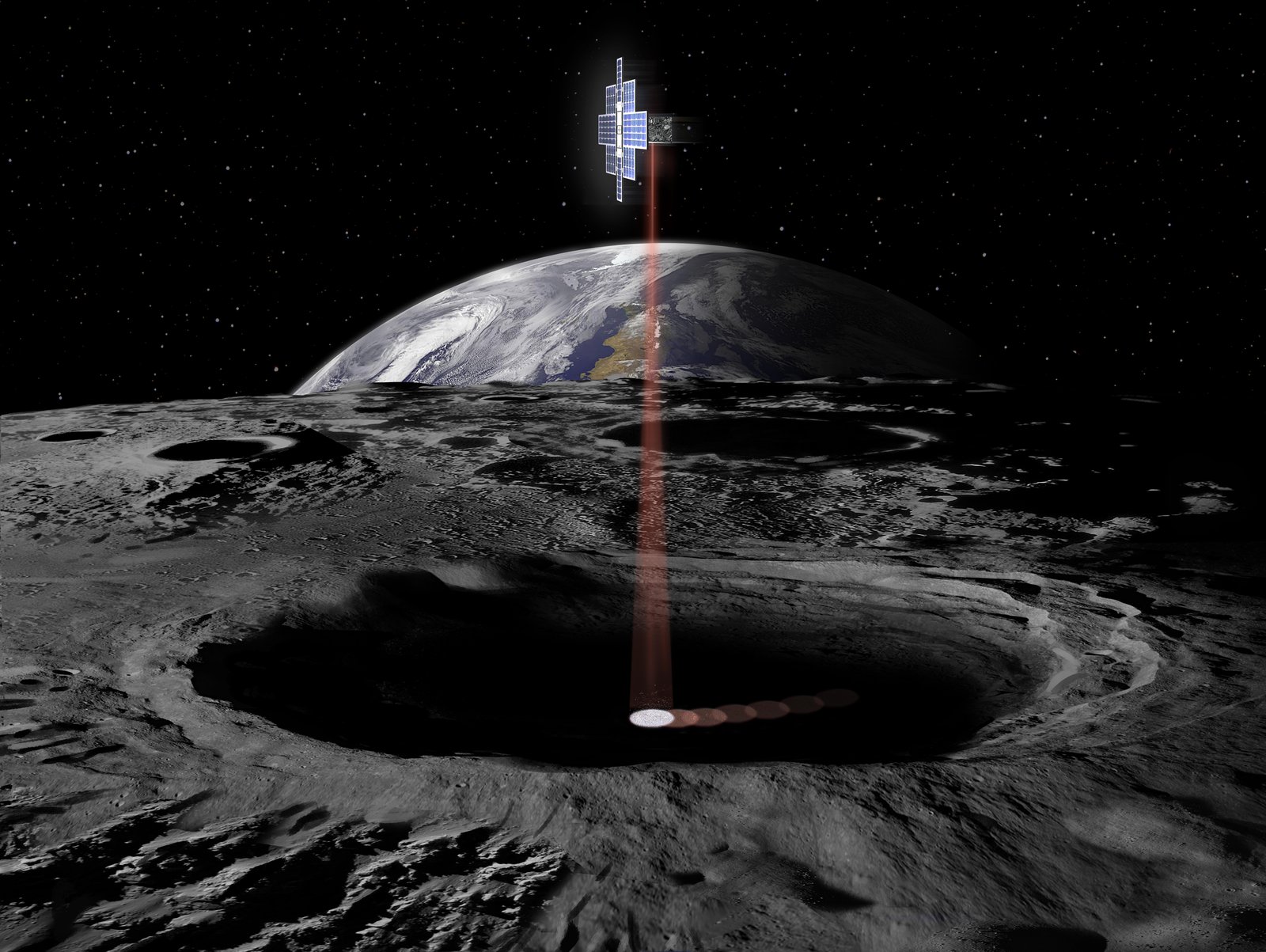
One is the project for which Cohen is the measurement lead, dubbed Lunar Flashlight, which is designed to map ice hidden in the permanently shadowed craters near the moon's south pole, a topic that has fascinated scientists and would-be explorers alike for years. So when NASA asked for ideas for cubesats to launch on the first flight of the megarocket Space Launch System (SLS), Cohen and her team jumped at it as a chance to design a mission to figure out the story of lunar ice. (As of now, Lunar Flashlight will likely miss that launch, which is currently targeting November but may slip farther, and NASA is exploring other launch opportunities for the project.)
"As scientists, we are opportunistic, and so when there is an opportunity, we think about how to make progress toward our goals," Cohen said. "I don't necessarily think that cubesats are the best way to do this kind of science, but they are a way and that way is available to us, so we will try to make the progress that we can."
That said, Lunar Flashlight isn't quite a science mission, either. "Its primary goal has never been to do science," Cohen said. "Its primary goal has always been to show that we can make measurements using this class of satellite, because that's not at all clear — we've never done that for planetary science."
Along the way, in fact, Cohen and her team realized they needed to overhaul the whole principle of the spacecraft, which was originally designed to use a large reflective sheet called a solar sail as both a propulsion system and a light source for measurements. But the mission team couldn't make that idea work on a cubesat scale, so the engineers pivoted to a non-toxic fuel NASA wanted to test anyway for propulsion and a laser system to gather data.
Precisely how much data the spacecraft can gather will depend on the details of the launch, and Cohen is not sure yet whether the result will offer the kind of detail that planetary scientists actually need in order to begin untangling the mysteries of lunar ice.
"We're really pushing that lower limit," Cohen said. "I think below this, there's no real science return case for planetary science."
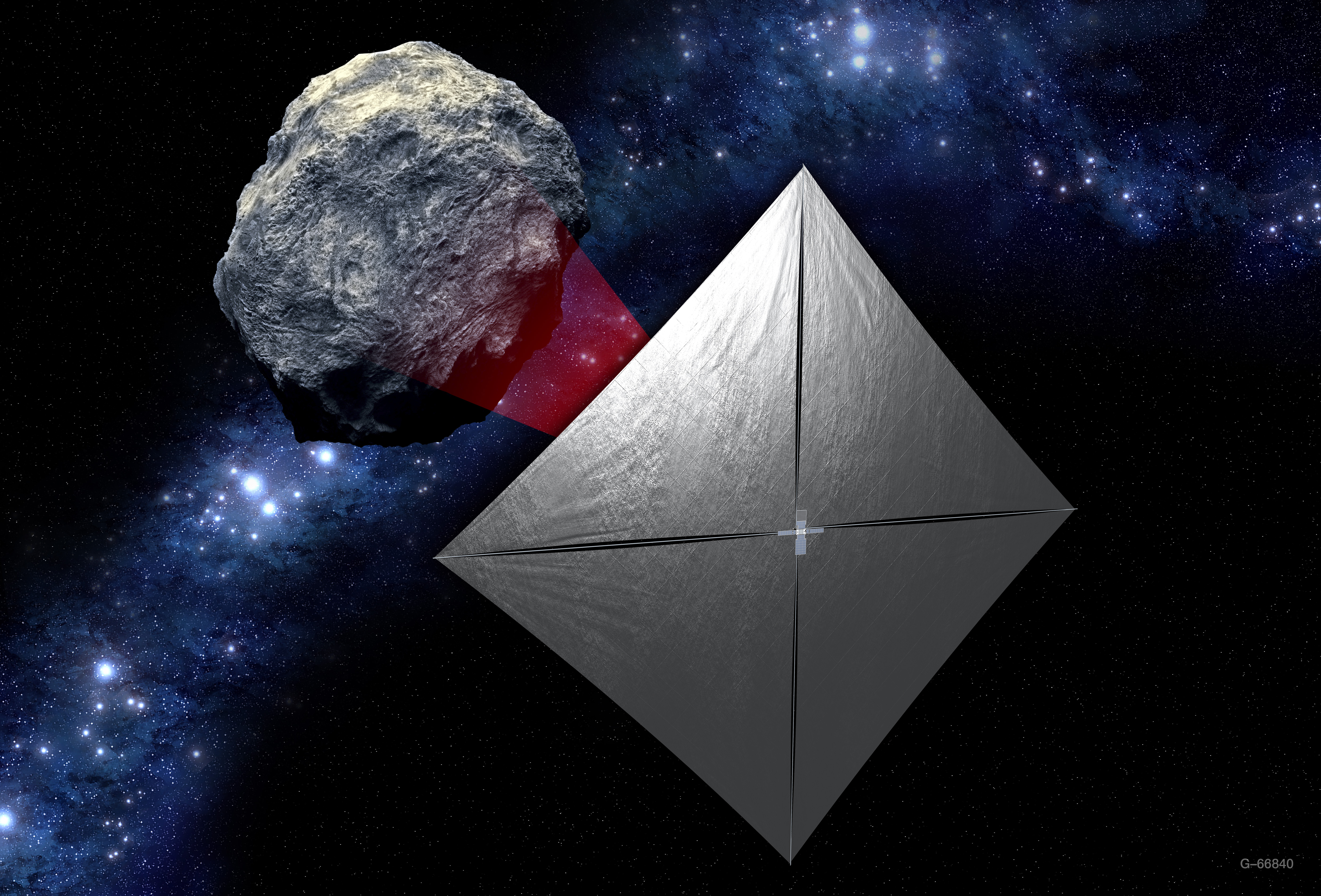
Another cubesat scheduled to ride along on the first SLS launch will visit a near-Earth asteroid (NEA). This project, dubbed NEA Scout, is demonstrating two technologies — not only the cubesat format, but also the same solar sail concept that didn't work out for the Lunar Flashlight team.
NEA Scout's solar sail will only be responsible for steering the spacecraft to the asteroid, riding the steady stream of solar wind produced by the sun. But like Lunar Flashlight, the NEA Scout team has struggled to fit its goals into the cubesat scale. For example, it's difficult to keep a computer's heat from interfering with a nearby camera, Julie Castillo-Rogez, a planetary scientist at the Jet Propulsion Laboratory, California Institute of Technology and science principal investigator for NEA Scout, told Space.com.
And even relatively near Earth and with the radio advances piloted by the never-flown INSPIRE mission, communication is still difficult. In response to that constraint, the team has developed a program that will process and prioritize data on the spacecraft proper, so that only the best data makes its way to Earth.
Because NEA Scout is a secondary payload on a milestone mission, Castillo-Rogez, the only scientist on the team, couldn't be picky choosing a target — and due to launch delays, the mission has pivoted four times, she said.
For now, NEA Scout is headed to an asteroid known as 2020 GE, not because there's something that scientists want to learn about it in particular but because it will be in the right place. With its destination governed by other factors, the mission flirts with the same boundary between technology demonstrations and real planetary science.
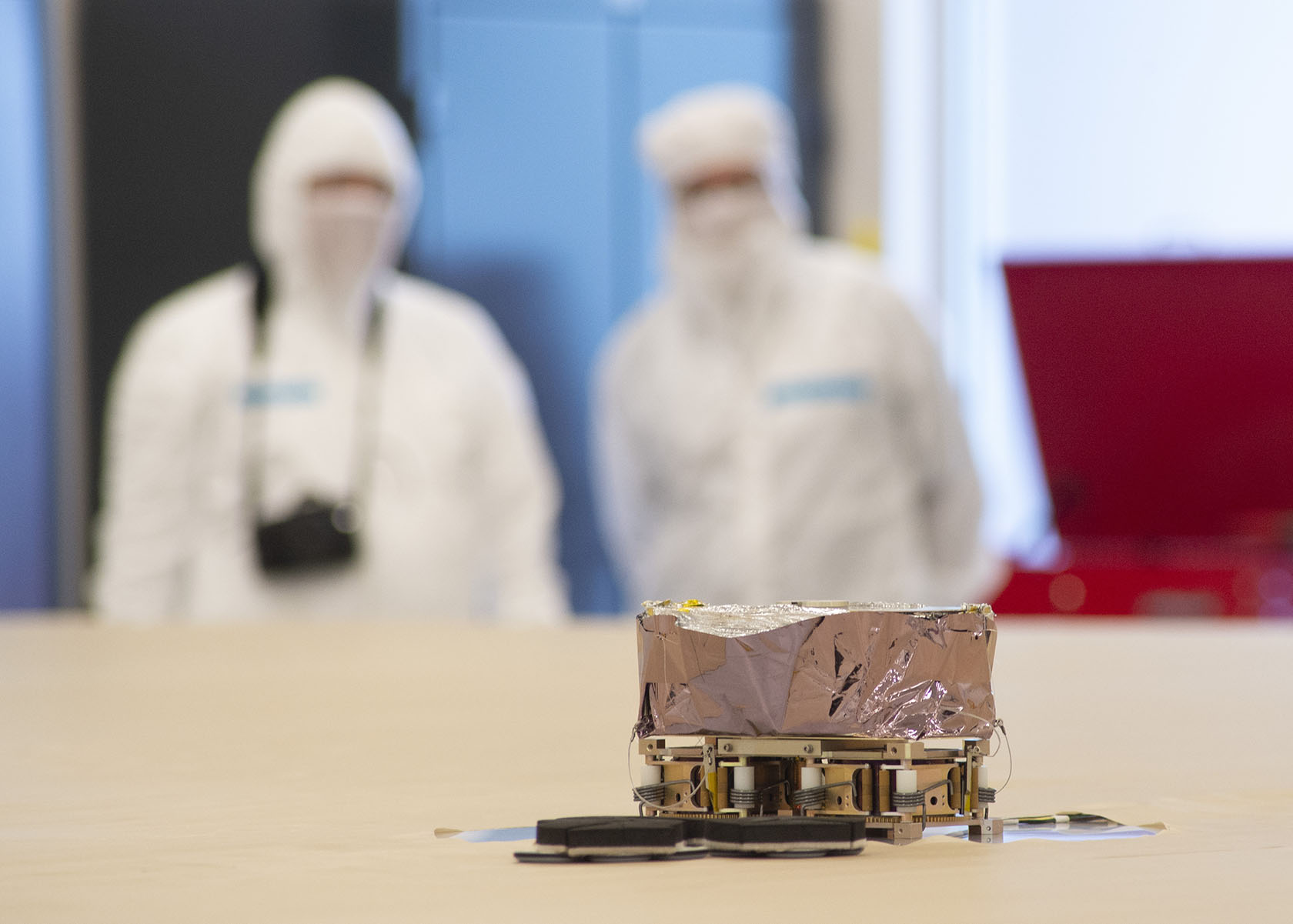
Sizing up cubesats
Another asteroid-bound cubesat project is taking an approach more like Ingenuity's, hitchhiking with a larger spacecraft to avoid the cost and risk of making an independent journey. The European Space Agency (ESA)'s Hera mission, scheduled to launch in 2024, will carry two cubesats inside the primary spacecraft.
The mission is designed to follow up on a NASA mission launching later this year, the Double Asteroid Redirection Test (DART), which will hurl itself into the small moon of an asteroid to try nudging the rock along its orbit, a planetary defense technique scientists have in mind in case a space rock ever seriously threatens Earth.
The main spacecraft of Hera will arrive about four years after that impact and investigate the scene, helping scientists to precisely determine the consequences of the impact. And after three months working on its own, Hera will deploy the two cubesats to approach the impact site more closely.
"First we take pictures from far away and then we send in the cavalry, we take more risks with the cubesats and go closer and try to get amazing scientific results," Paolo Martino, principle system engineer for Hera at ESA, told Space.com. "The cubesats are more agile, but also you might be less cautious because you don't risk the full mission. To say it politely, let's say that you can afford more risks with a cubesat."
Like Lunar Flashlight, the Hera cubesats, dubbed Juventas and Milani, have been through a few different iterations. A previous mission design had two smaller companion cubesats arriving early enough to watch the impact, a flashier but also riskier arrangement; the final design doubles the size of each cubesat and gives debris from the impact time to settle.
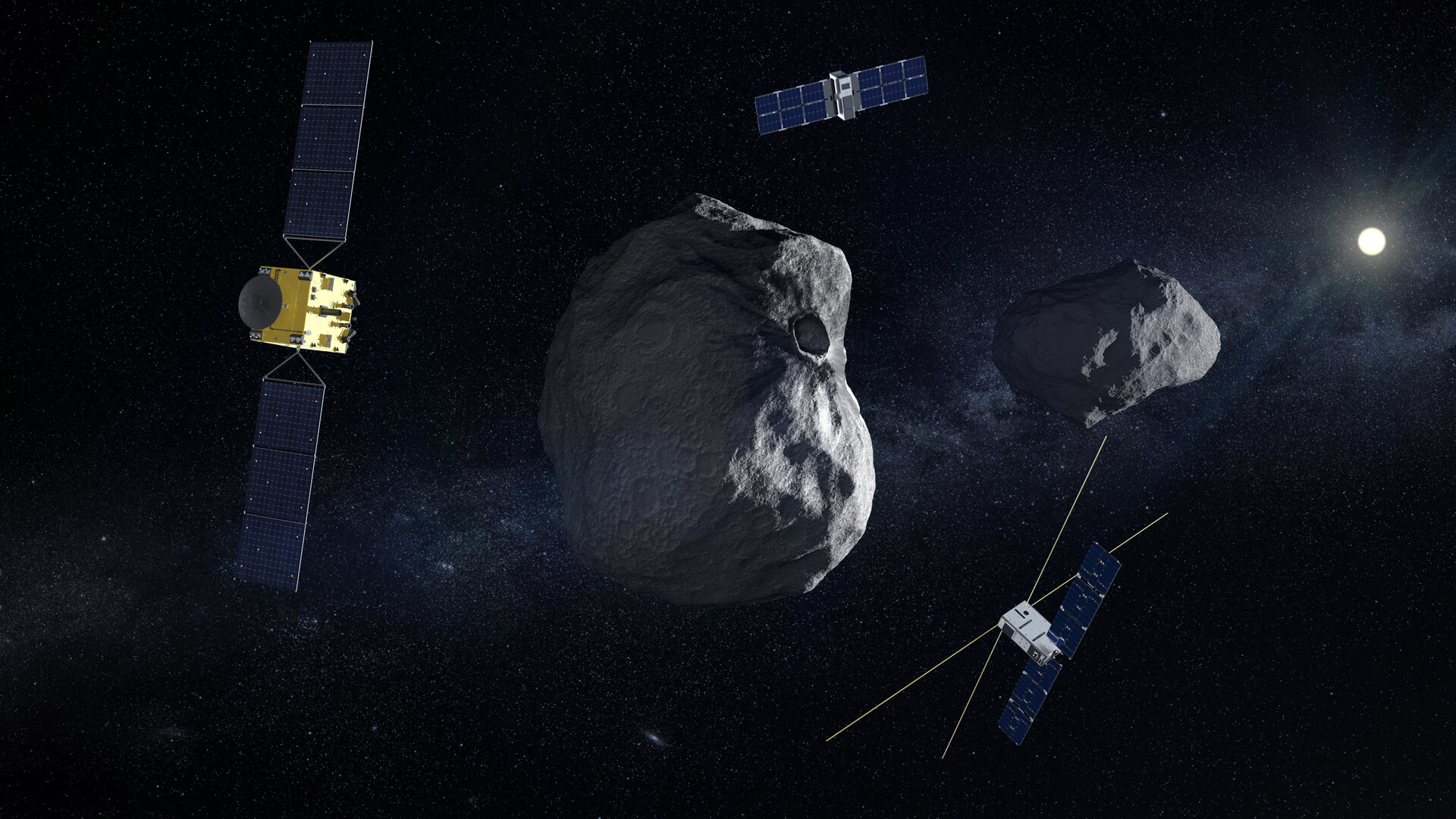
Traveling with Hera means that Juventas and Milani don't need their own shielding, and their communications will also run through the main spacecraft. That arrangement gives the team more space for the propulsion system that will allow the cubesats to attempt to land on the space rock and the instruments they carry to help scientists characterize the aftermath of the collision.
And the cubesat mentality isn't just spreading to the companions of larger missions, it's also empowering so-called "smallsat" missions, filling the middle ground between tiny cubesats and more traditional spacecraft. It's an appealing strategy for planetary scientists, who are faced with the competing temptations of seven planets beyond Earth, more than 200 moons and innumerable small rocky bodies in the solar system.
"In planetary science, we're fundamentally resource-constrained, so we want to make sure that for every dollar that we spend on a mission, that we're really maximizing the science return per dollar," Bethany Ehlmann a planetary scientist at JPL and principal investigator of a smallsat mission called Lunar Trailblazer, told Space.com.
Like the Lunar Flashlight cubesat and a host of other missions, Lunar Trailblazer, which is scheduled to launch in 2024, will study water on the moon — a pressing topic for scientists this decade. Lunar Trailblazer, which fits in a $55 million cost cap, may prove a model for projects that are less expensive than a traditional planetary mission but able to host larger instruments than a cubesat can. That combination might be one that groups far beyond NASA can afford to consider, Ehlmann said.
"At this sort of price point, it opens it up to, for example, smaller spacefaring nations and their scientific communities to ask and answer scientific questions," Ehlmann said. "I think it has the potential to really open up the question of who does planetary exploration to be more diverse and inclusive."
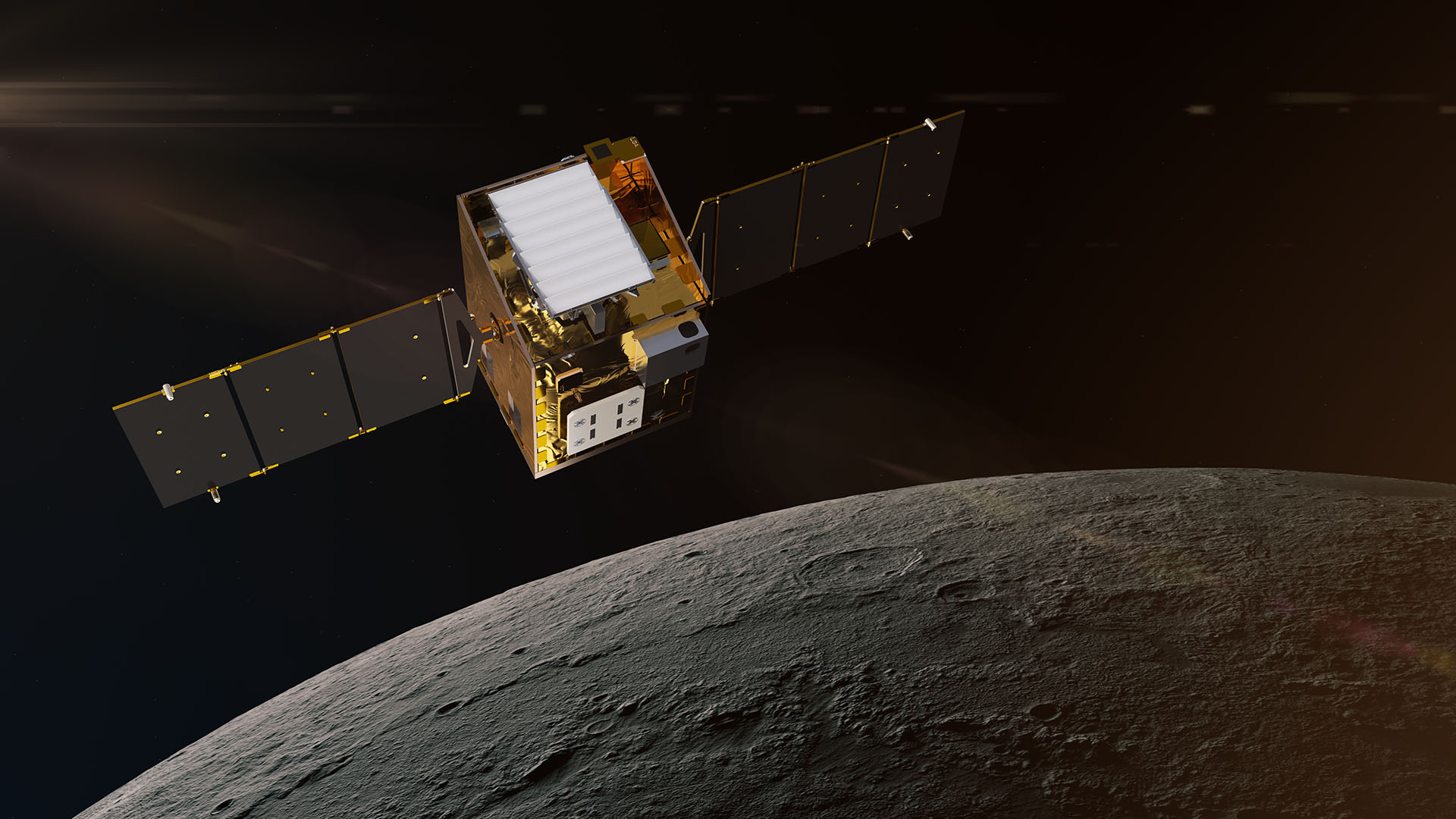
While Castillo-Rogez is excited to see NEA Scout fly, she isn't sure how strongly the pure cubesat format can catch on among planetary scientists. "Definitely MarCO brought a lot of credibility to the idea of using cubesats for deep-space exploration," Castillo-Rogez said. Nevertheless, "cubesats are not really well-suited for deep-space exploration."
Given the mismatch between cubesats and deep space and the cubesat philosophy on risk, sooner or later the success streak begun by MarCO will likely come to an end. "We may see failures in the future, and that is part and parcel with what we are aiming for," Klesh said. "We are stretching our ability to explore."
Email Meghan Bartels at mbartels@space.com or follow her on Twitter @meghanbartels. Follow us on Twitter @Spacedotcom and on Facebook.
Join our Space Forums to keep talking space on the latest missions, night sky and more! And if you have a news tip, correction or comment, let us know at: community@space.com.

Meghan is a senior writer at Space.com and has more than five years' experience as a science journalist based in New York City. She joined Space.com in July 2018, with previous writing published in outlets including Newsweek and Audubon. Meghan earned an MA in science journalism from New York University and a BA in classics from Georgetown University, and in her free time she enjoys reading and visiting museums. Follow her on Twitter at @meghanbartels.









